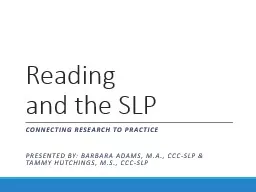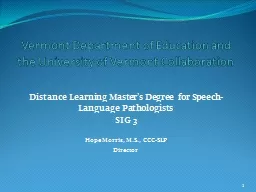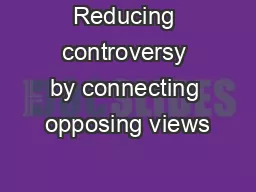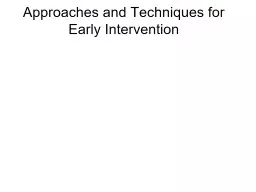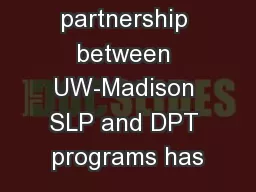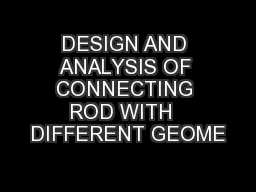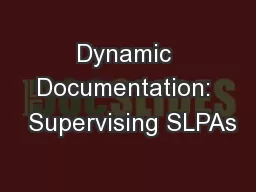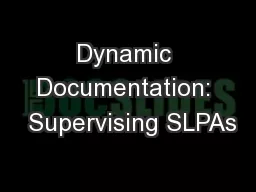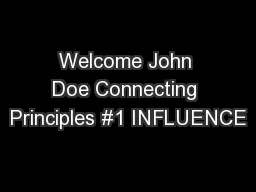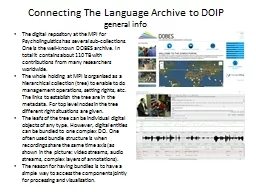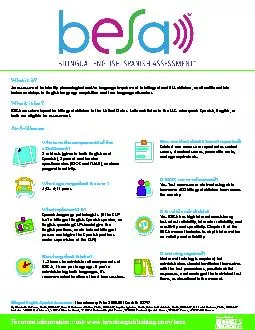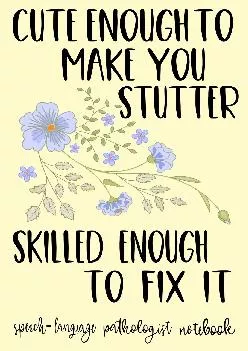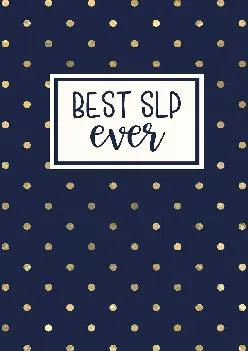PPT-Reading and the SLP Connecting Research to Practice
Author : jane-oiler | Published Date : 2018-11-11
Presented by Barbara Adams MA CCCSLP amp Tammy Hutchings MS CCCSLP Overview 1 Statistics 2 Simple View to Current Models of Reading 3 Development of Reading 4 Language
Presentation Embed Code
Download Presentation
Download Presentation The PPT/PDF document "Reading and the SLP Connecting Research..." is the property of its rightful owner. Permission is granted to download and print the materials on this website for personal, non-commercial use only, and to display it on your personal computer provided you do not modify the materials and that you retain all copyright notices contained in the materials. By downloading content from our website, you accept the terms of this agreement.
Reading and the SLP Connecting Research to Practice: Transcript
Download Rules Of Document
"Reading and the SLP Connecting Research to Practice"The content belongs to its owner. You may download and print it for personal use, without modification, and keep all copyright notices. By downloading, you agree to these terms.
Related Documents

